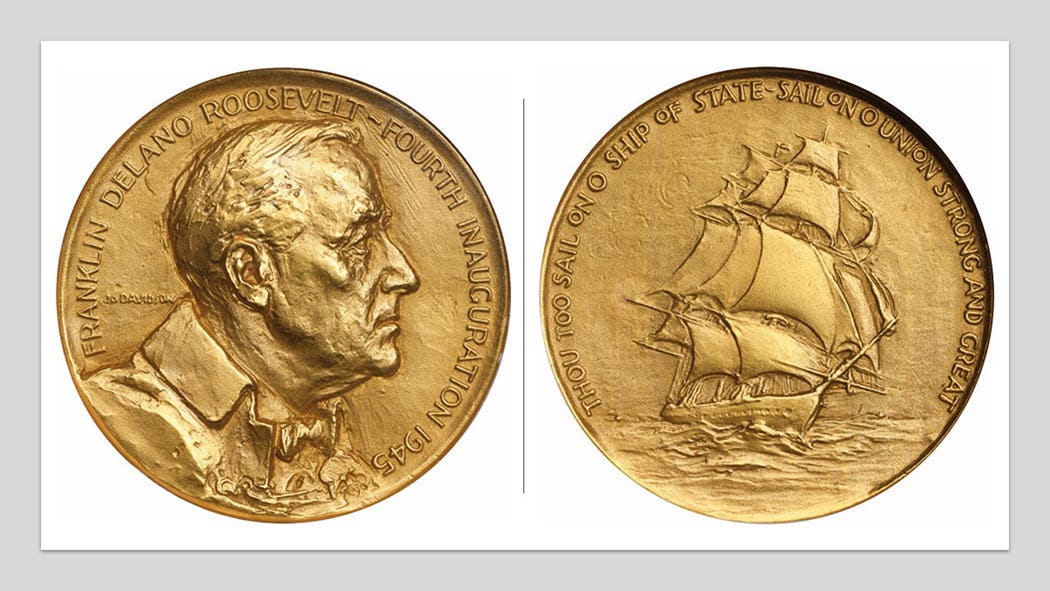Business Strike v. Commemorative Coins
How can I tell when a coin is collectible or if a coin is a commemorative? Coins can be both commemorative and collectible. You may be looking to differentiate between…
How can I tell when a coin is collectible or if a coin is a commemorative?
Coins can be both commemorative and collectible. You may be looking to differentiate between what may be a circulating commemorative versus a typical business strike coin. Some commemorative coins are meant to circulate, yet mark an event during one or several years. Other commemoratives are made for collector consumption and not meant to be used as money. You need to research coins on an individual basis to determine which are non-circulating legal tender commemoratives rather than commemoratives that also circulate as money.
Why is it that I can find U.S. commemorative coins dating from the 1950s and earlier that are circulated, but not so for the more modern commemoratives?
Since half dollars were composed of silver through 1964 no one thought much about it if the unsold commemorative coins from the 1950s and earlier were released into circulation rather than being melted by the mint. Many of the more modern commemorative coin series is comprised of metals no longer used for circulation coins. These modern coins are usually sold in fancy presentation boxes, making it unlikely they will be broken out and spent.
How would you categorize the 2009 Lincoln cents and 2004 to 2006 nickels?
Both are circulating commemoratives, as are the 1776-1976 Bicentennial quarter, half-dollar, and dollar coins. Remember, the 1932 Washington quarter was initially treated as a circulating commemorative as well. These coins pay for themselves due to their seigniorage value.
I know there is a way to identify the Confederate half dollar coins from those struck when the New Orleans Mint was under Federal control in 1861. Is there a way to identify which 1861-C $5 half eagle coins were struck under each of the two governments?
We know there were 5,992 half eagles struck by the end of April, with an additional 887 coins struck during May. The mint shut down after that time. By tradition, the April strikes have been attributed to the Union, while the May issue is attributed to the Confederacy. To my understanding, no one has been able to distinguish which were struck when through any difference in varieties or quality of strike.








